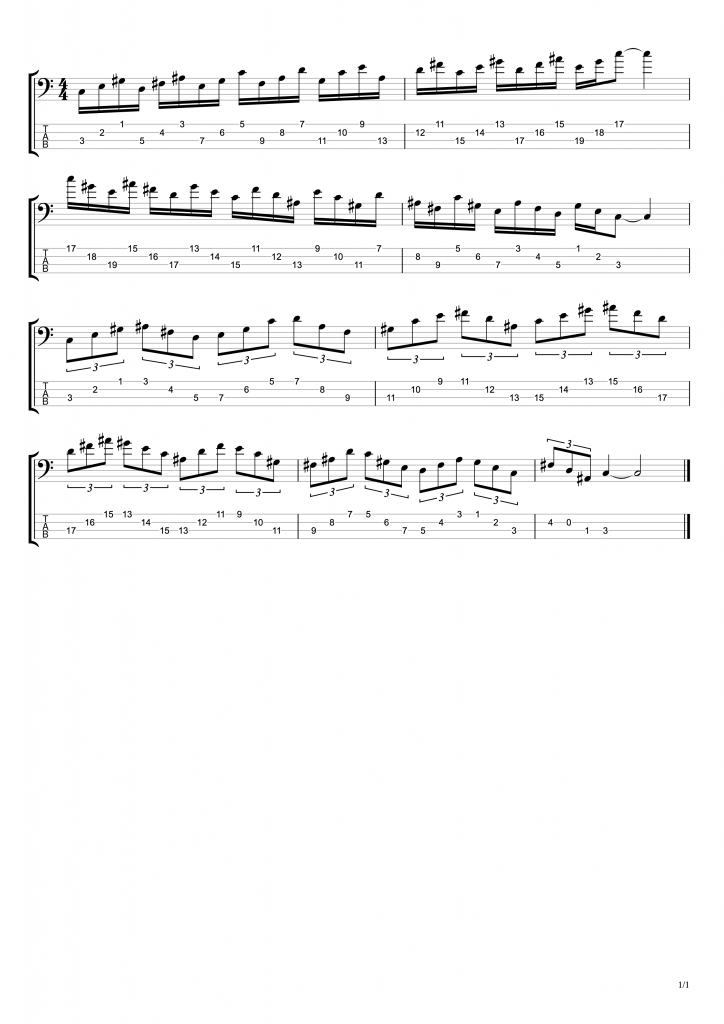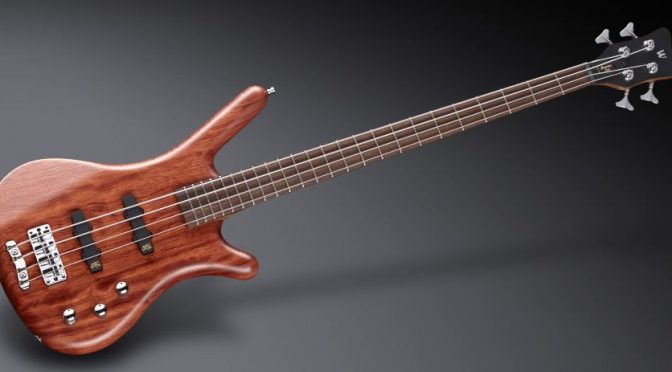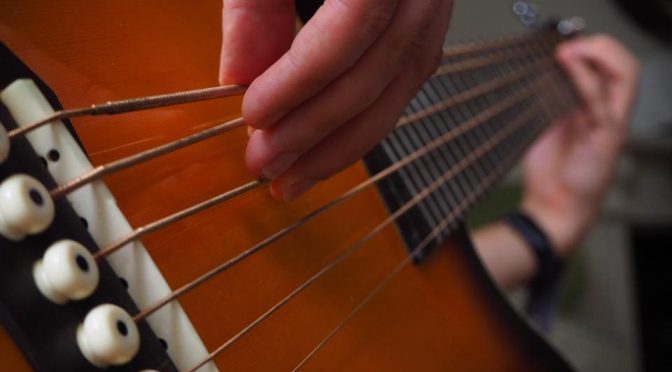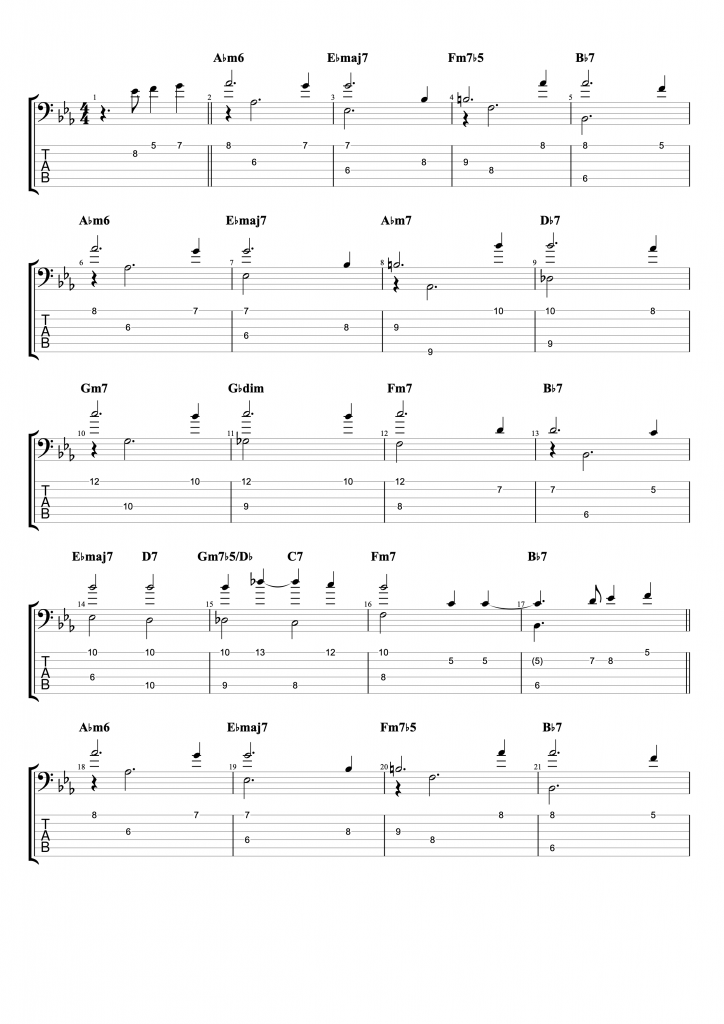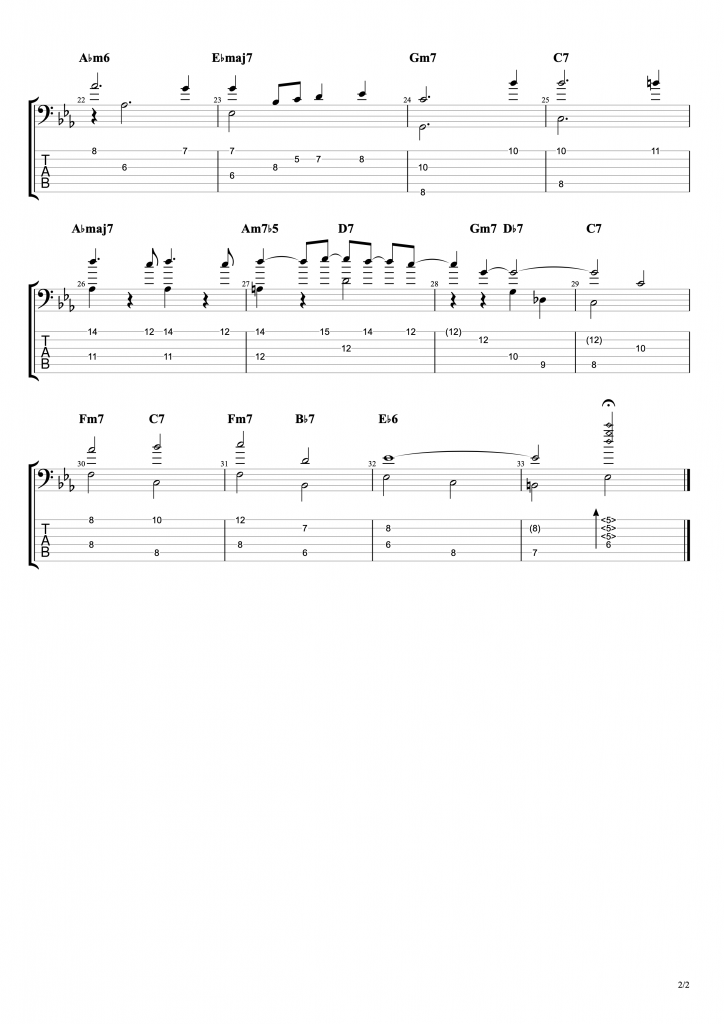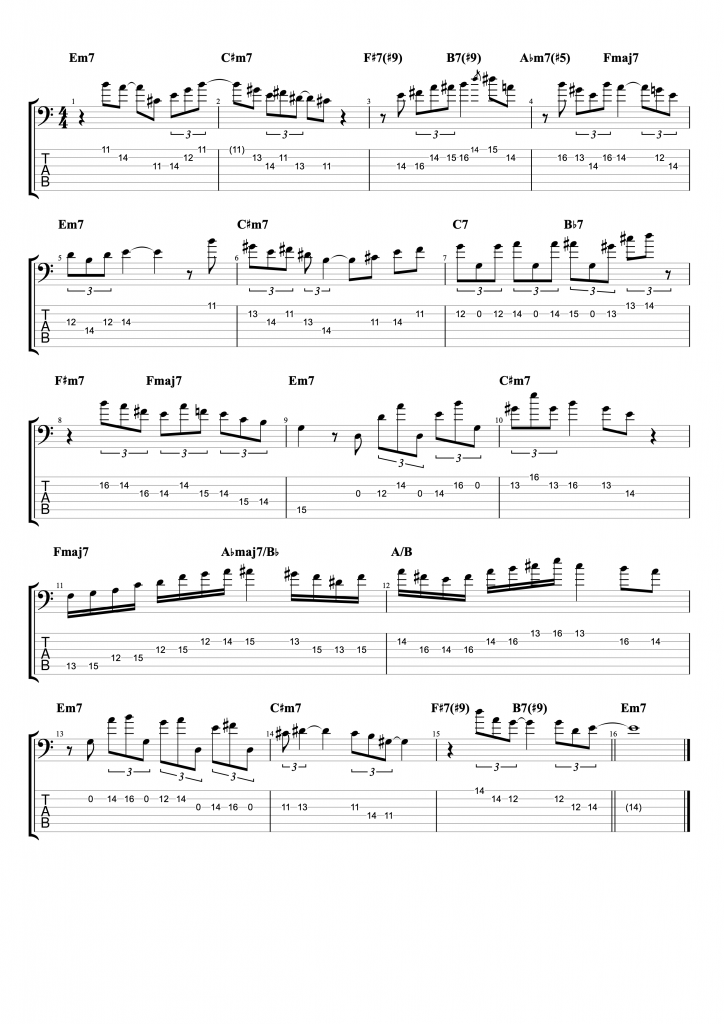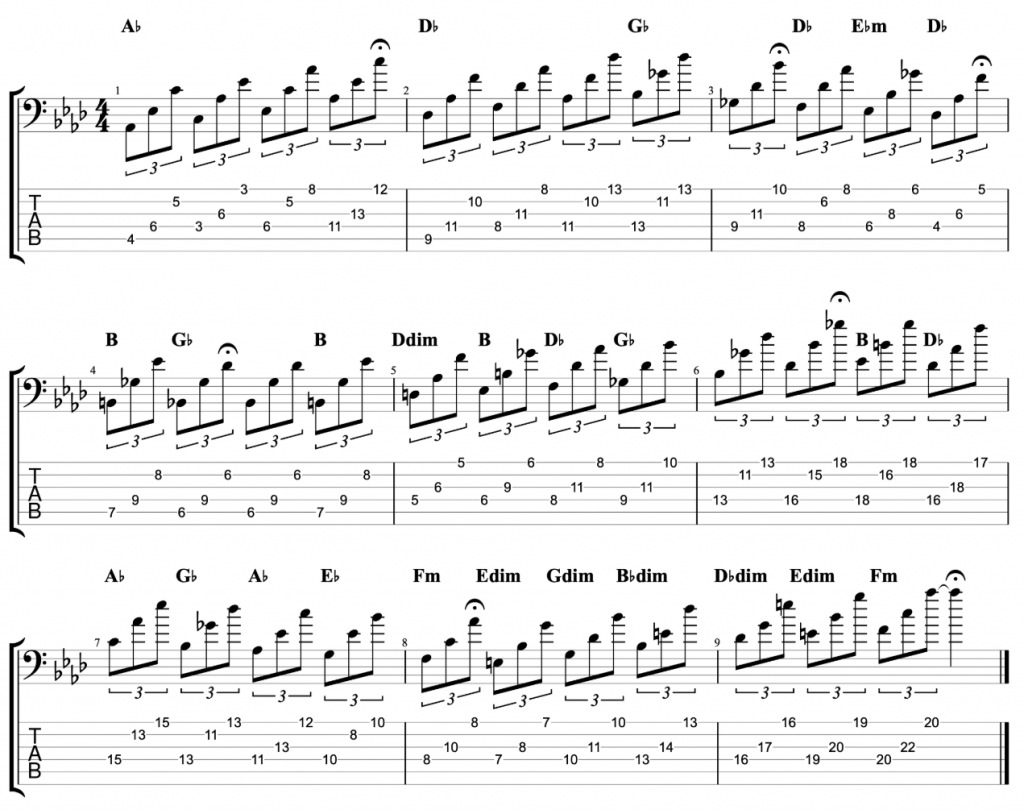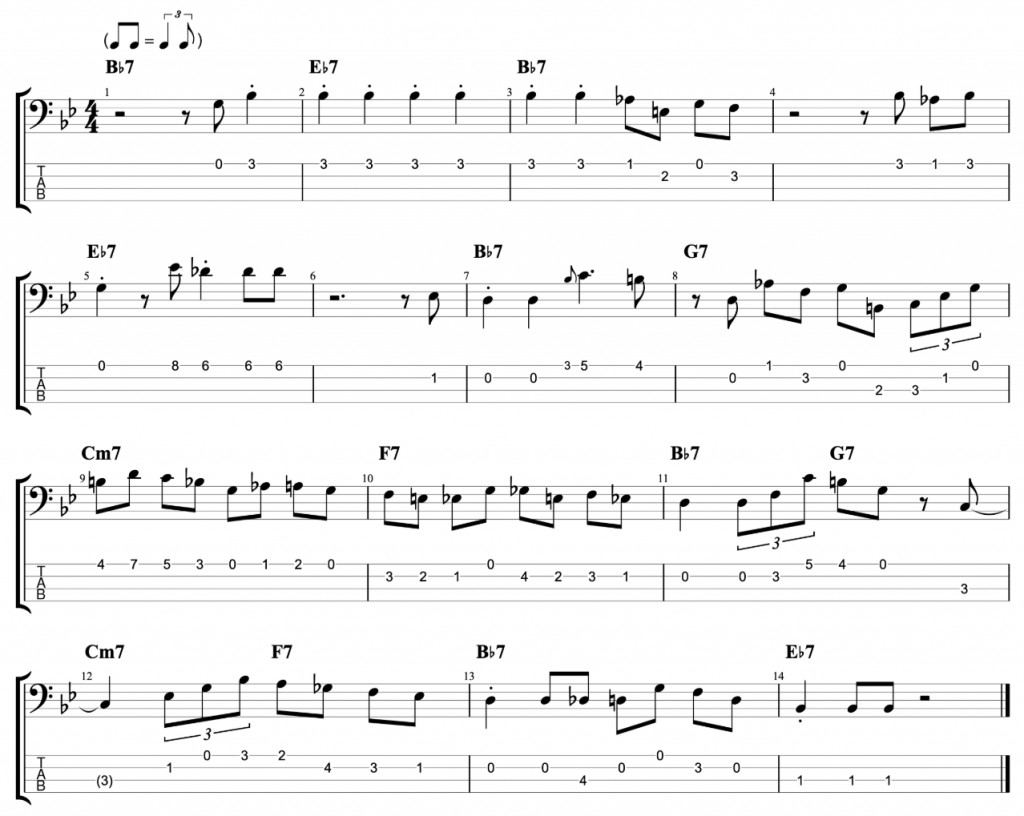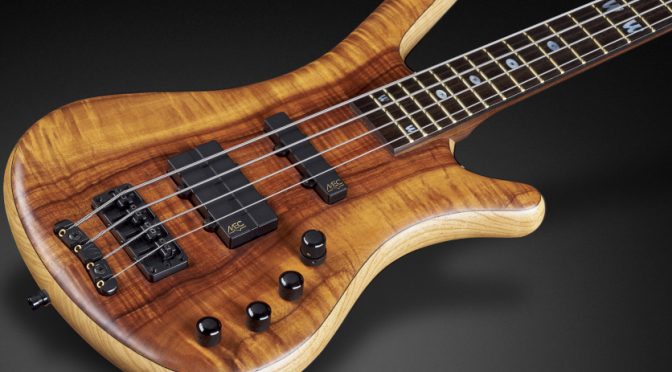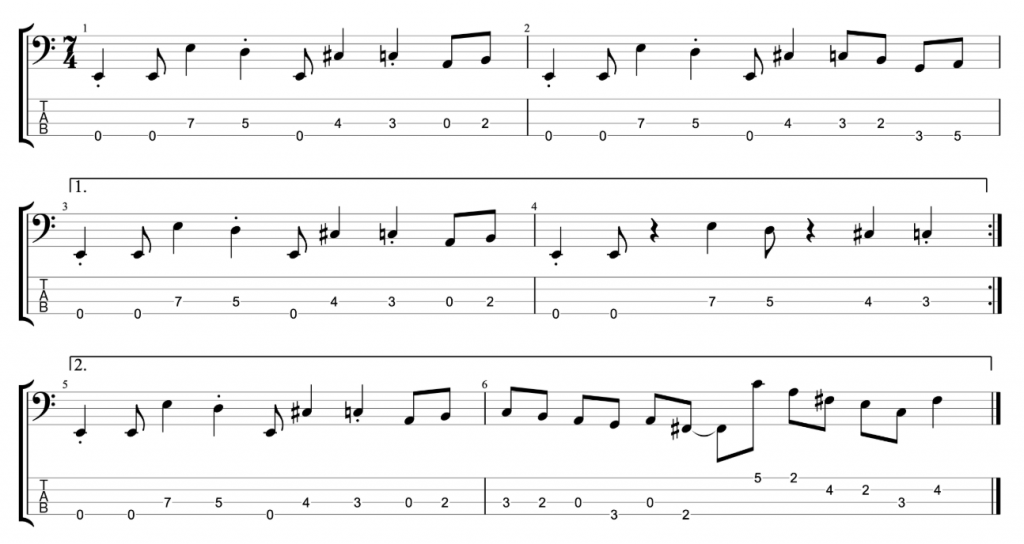Dolphin Dance on Three Basses – Bass Practice Diary – 16th July 2019
This week I’ve been studying transcriptions of Herbie Hancock’s classic 1965 recording of Dolphin Dance from the Maiden Voyage album. I’ve always loved it as a piece of music and I think it perfectly captures what Herbie Hancock was about at that time and why he’s a genius. I’ve been attempting to transfer what I’ve studied onto three basses. 6 string fretted and fretless electric basses as well as upright bass.
Dolphin Dance
The harmony is highly complex and jazz musicians have argued for decades over what are the correct chords to play. So, my main interest in analysing the transcriptions was to find out how Herbie Hancock himself voiced the chords, not only for the melody but also behind his own solo.
In spite of the complex jazz harmony, Dolphin Dance is first and foremost, a beautiful tune. And therein lies the genius of the composer. I’d compare it to tunes like Monk’s Round Midnight, Mingus’ Goodbye PorkPie Hat and Coltrane’s Naima. All beautiful melodies that are elevated by unusual and challenging harmonic structures.
Bass Solo Transcription
I’ve transcribed one whole chorus of my bass solo. I’ve written the chord symbols in above the stave for reference. But I would advise you not to take them too seriously. I took the chord symbols from a book, but I wasn’t following them when I played my solo or when I recorded the chords. I was trying to follow the notes that Herbie Hancock actually played, and the chord symbols don’t necessarily represent a completely accurate picture of that.
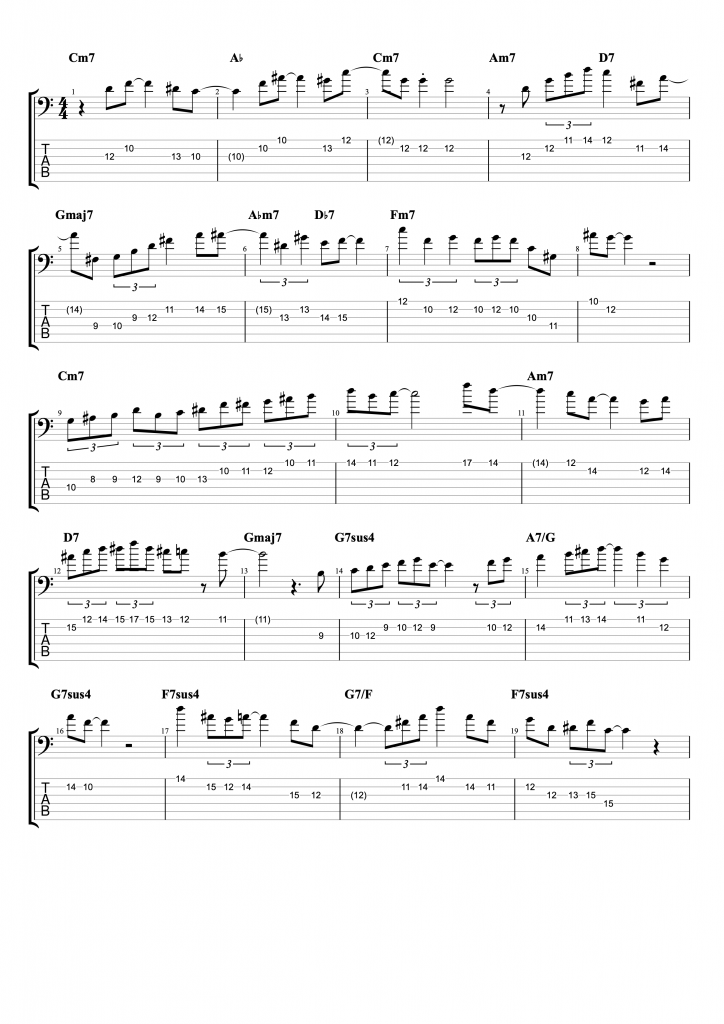
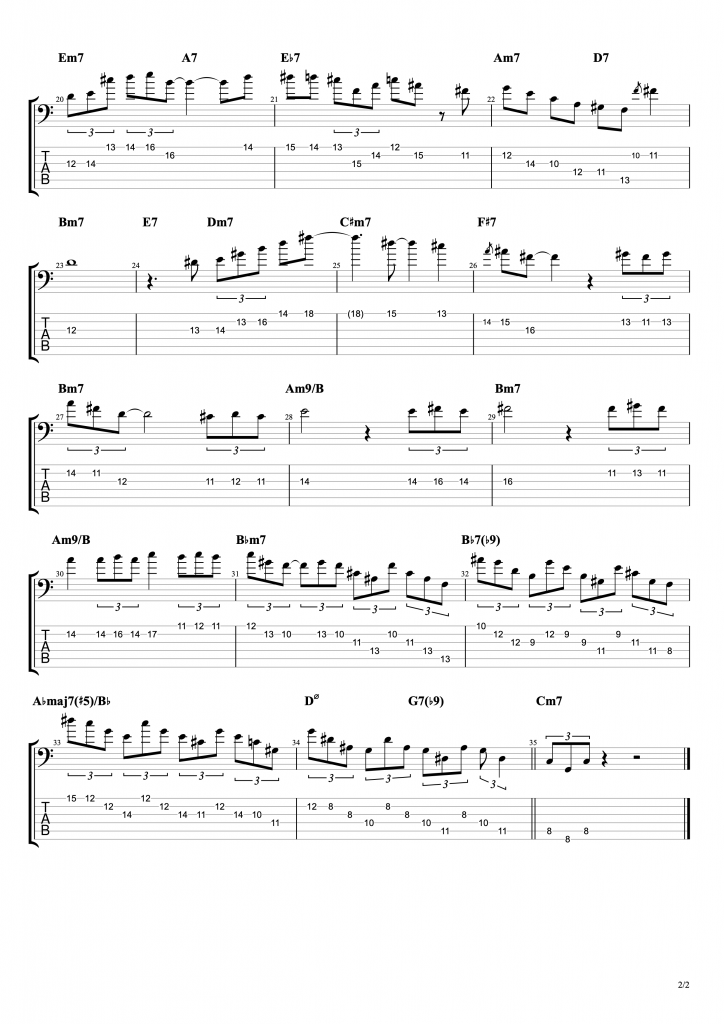
If you’re interested in more jazz bass videos like this, then check out my video of Miles Davis’ Flamenco Sketches on three basses. Or here’s another Miles Davis tune, Solar.



